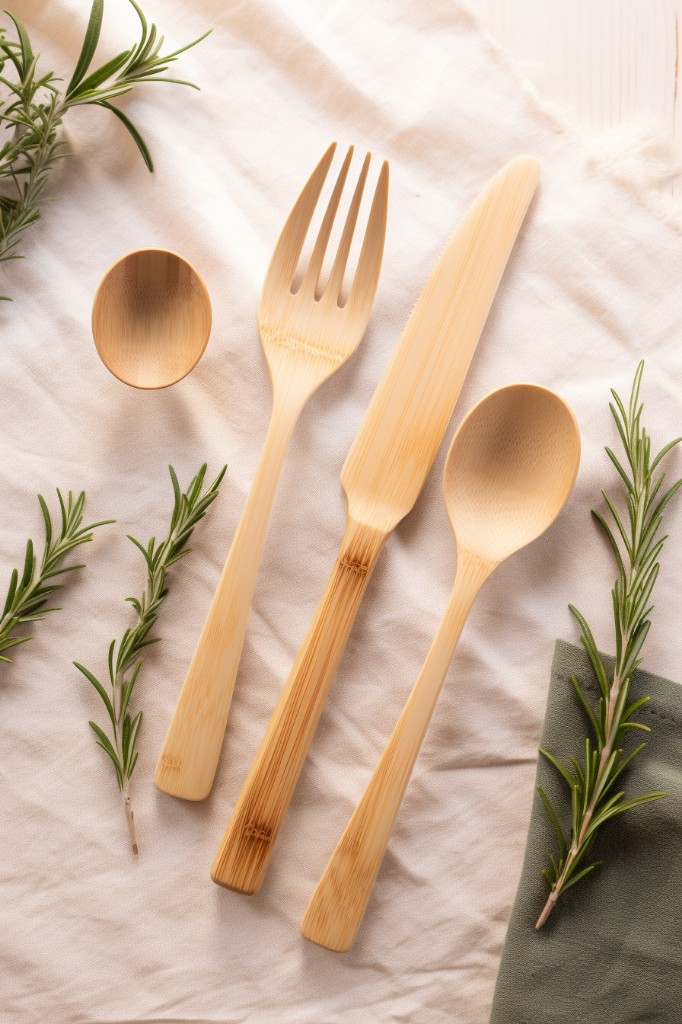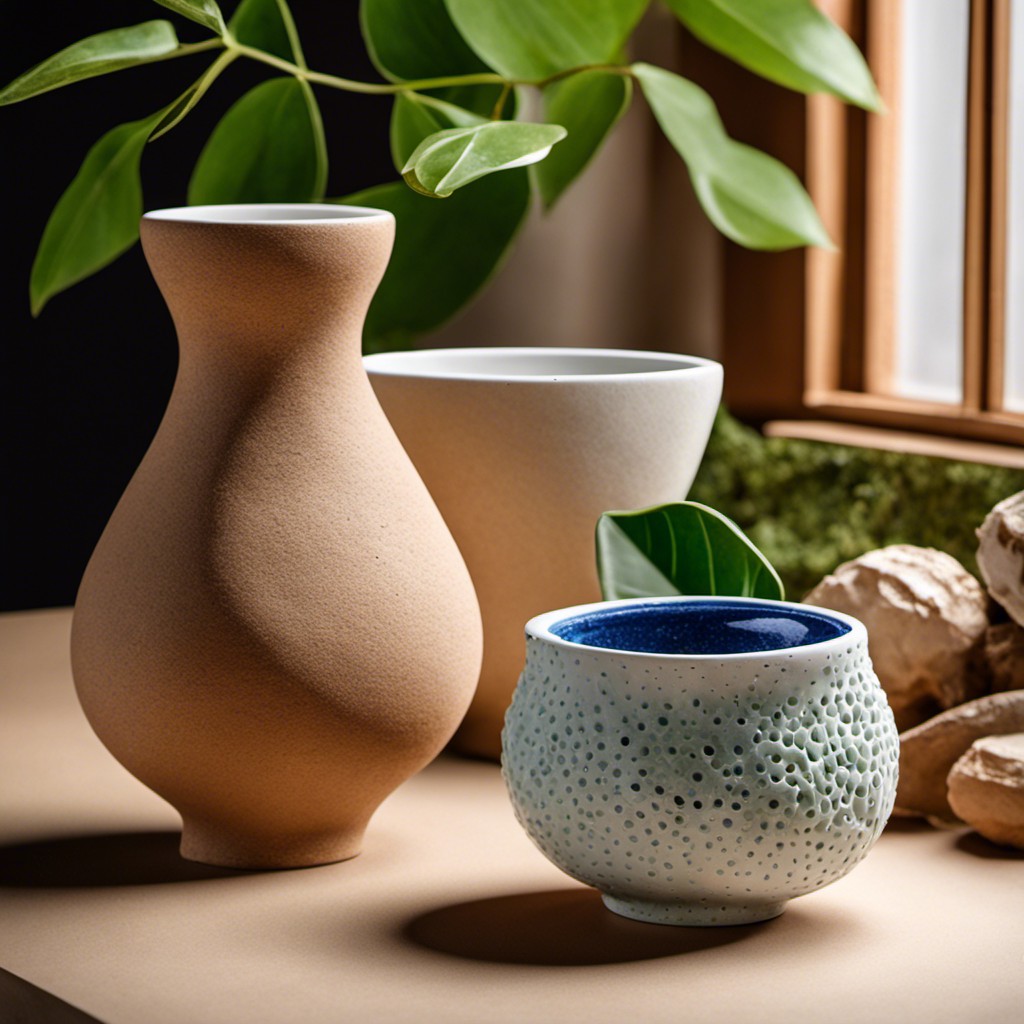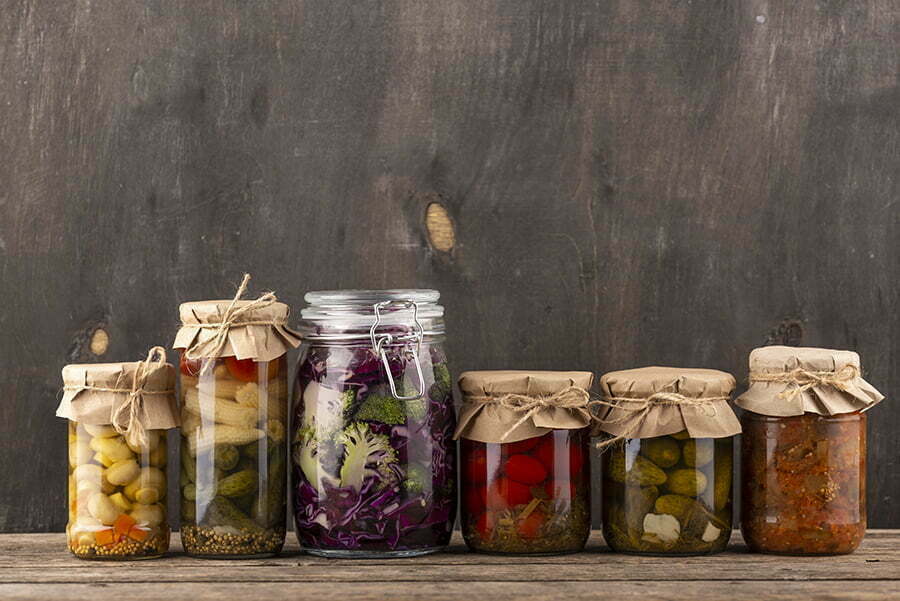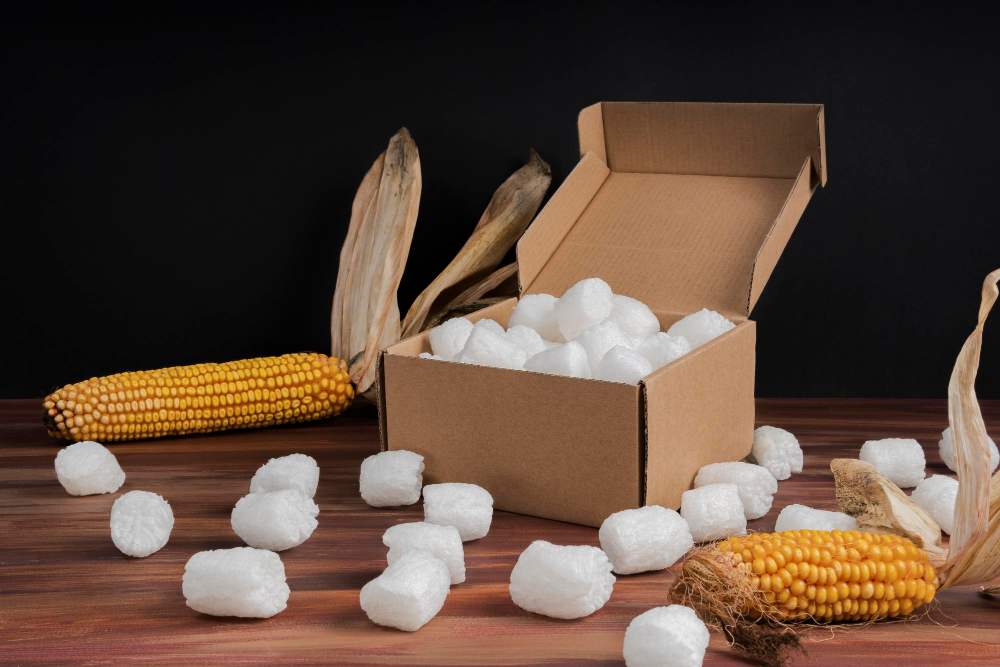Last updated on
Discover the fantastic world of eco-friendly alternatives to plastic bottles and join the movement towards a sustainable future in this insightful blog post.
Welcome to my blog, where I share budget-friendly home decor ideas that are both creative and sustainable. Today, we’re going to talk about a common household item that often ends up in the trash: plastic bottles.
Did you know that Americans use over 50 billion plastic water bottles each year? That’s a lot of waste! But fear not, there are plenty of alternatives to plastic bottles that can help reduce your environmental impact while also adding some unique flair to your decor. In this article, we’ll explore some creative ways to repurpose plastic bottles and highlight some eco-friendly alternatives you can use instead.
So let’s get started!
The Scale of the Plastic Problem
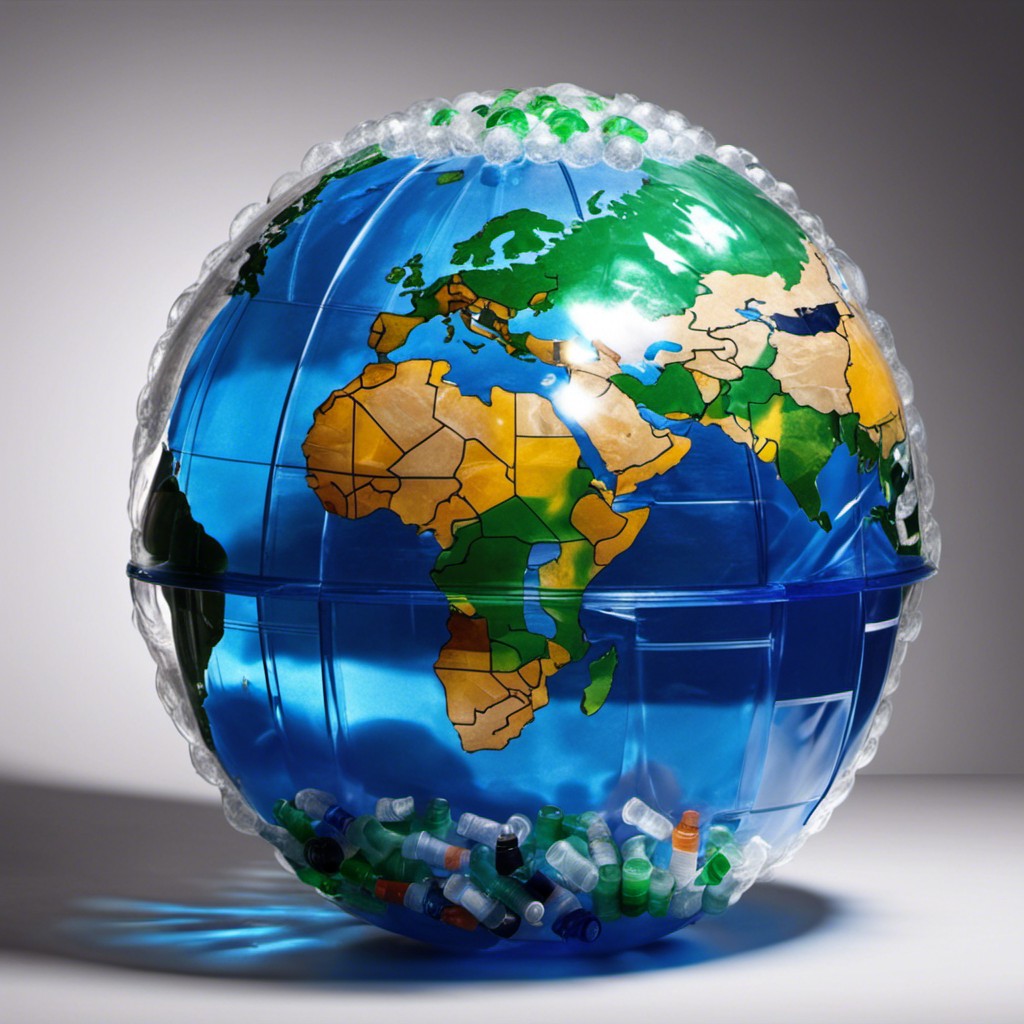
It’s no secret that plastic waste is a major problem for our planet. In fact, it’s estimated that by 2050, there will be more plastic in the ocean than fish.
This is due to the sheer volume of single-use plastics we consume on a daily basis – from water bottles and straws to food packaging and shopping bags.
But why are plastic bottles such a big part of this problem? Well, for starters, they take hundreds of years to decompose in landfills or oceans. And even when they do break down into smaller pieces (known as microplastics), these particles can still harm wildlife and ecosystems.
So what can we do about it? One solution is to switch from disposable plastic bottles to reusable alternatives. By doing so, you’ll not only reduce your own environmental impact but also inspire others around you to make similar changes.
Single Use Plastic On the Rise

From water bottles to straws, we’ve become accustomed to using these items once and then tossing them in the trash. Unfortunately, this convenience comes at a cost: our planet’s health.
Single-use plastics are not biodegradable and can take hundreds of years to decompose, polluting our oceans and harming wildlife along the way.
But there is hope! By making small changes in our daily lives like choosing reusable alternatives instead of single-use plastic bottles or containers, we can make a big impact on reducing waste. In fact, studies show that if every person in America used one less plastic bottle per week for a year it would save over 5 billion bottles from ending up in landfills or oceans.
Glass Bottles

Glass bottles are durable, reusable, and easy to clean. They also don’t contain any harmful chemicals that can leach into your drink like some plastics do.
Plus, they come in a variety of shapes and sizes that can add a touch of elegance to your home decor.
If you’re looking for an eco-friendly way to store water or other beverages at home or on-the-go, consider investing in a high-quality glass bottle. Not only will it help reduce waste and protect the environment from plastic pollution but it will also make you feel good about making sustainable choices for yourself and future generations.
Stainless Steel Bottles
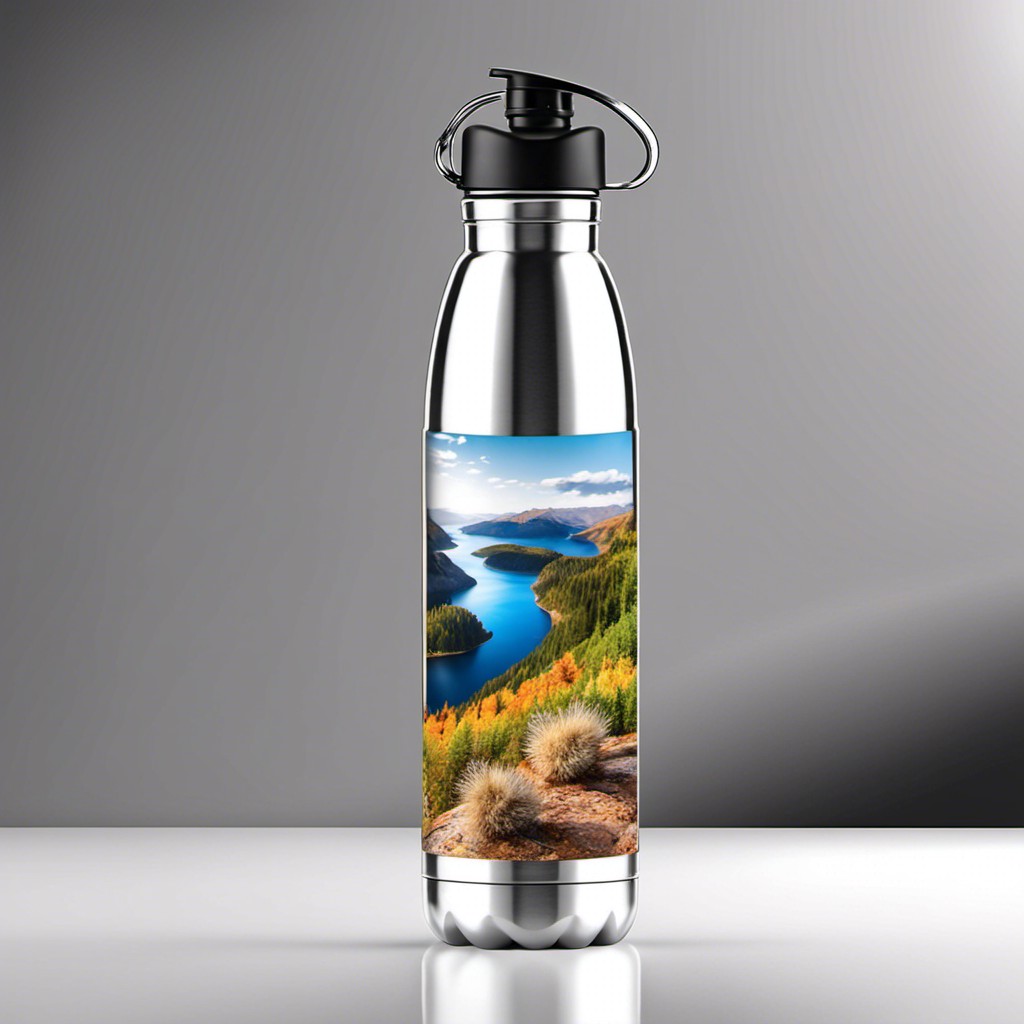
Stainless steel water bottles are made from food-grade materials that won’t leach harmful chemicals into your drink. They’re also incredibly sturdy and can withstand drops, dings, and other wear-and-tear without breaking or denting.
One of the best things about stainless steel water bottles is their insulation properties. These types of containers can keep your drinks hot or cold for hours on end – perfect for those who love to take their beverages with them on-the-go.
Another great feature of stainless steel water bottles is that they come in a variety of sizes and designs to suit different needs and preferences. Whether you need a small bottle for hiking trips or a larger one to keep at your desk during work hours, there’s sure to be an option out there that fits the bill.
Reusable Aluminum Bottles
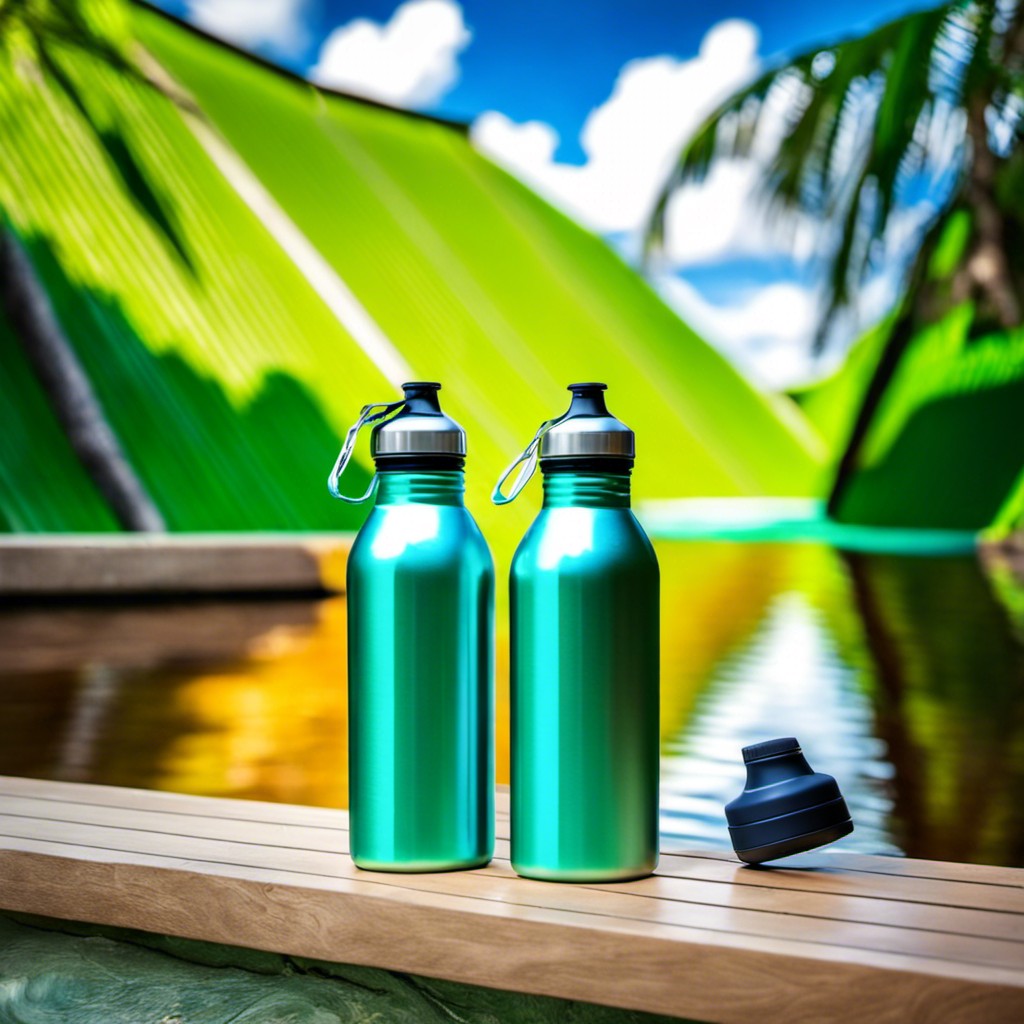
They are lightweight, durable, and can be reused many times over. Plus, they come in a variety of colors and designs that make them perfect for adding some personality to your daily hydration routine.
One of the best things about aluminum bottles is that they keep your drinks cold for longer periods than plastic or glass containers. This makes them ideal for outdoor activities like hiking or camping where you need to stay hydrated throughout the day.
Another advantage of using aluminum water bottles is their eco-friendliness. Unlike single-use plastic water bottles which end up in landfills or oceans after use, reusable aluminum ones can last years with proper care and maintenance.
In addition to being sustainable alternatives themselves, many companies producing these types of products also have sustainability initiatives built into their business models such as recycling programs or donating portions of profits towards environmental causes.
Silicone Water Bottles

These flexible containers can be easily rolled up or flattened when empty, making them ideal for travel or outdoor activities. They’re also dishwasher safe and come in a variety of colors.
One of the best things about silicone water bottles is that they don’t contain any harmful chemicals like BPA or phthalates that can leach into your drink over time. Plus, they won’t crack or break like glass if dropped.
While some people may find the texture of silicone less appealing than other materials such as stainless steel, it’s worth considering this eco-friendly option if you want something lightweight and easy to carry around with you on-the-go.
Biodegradable Bottles
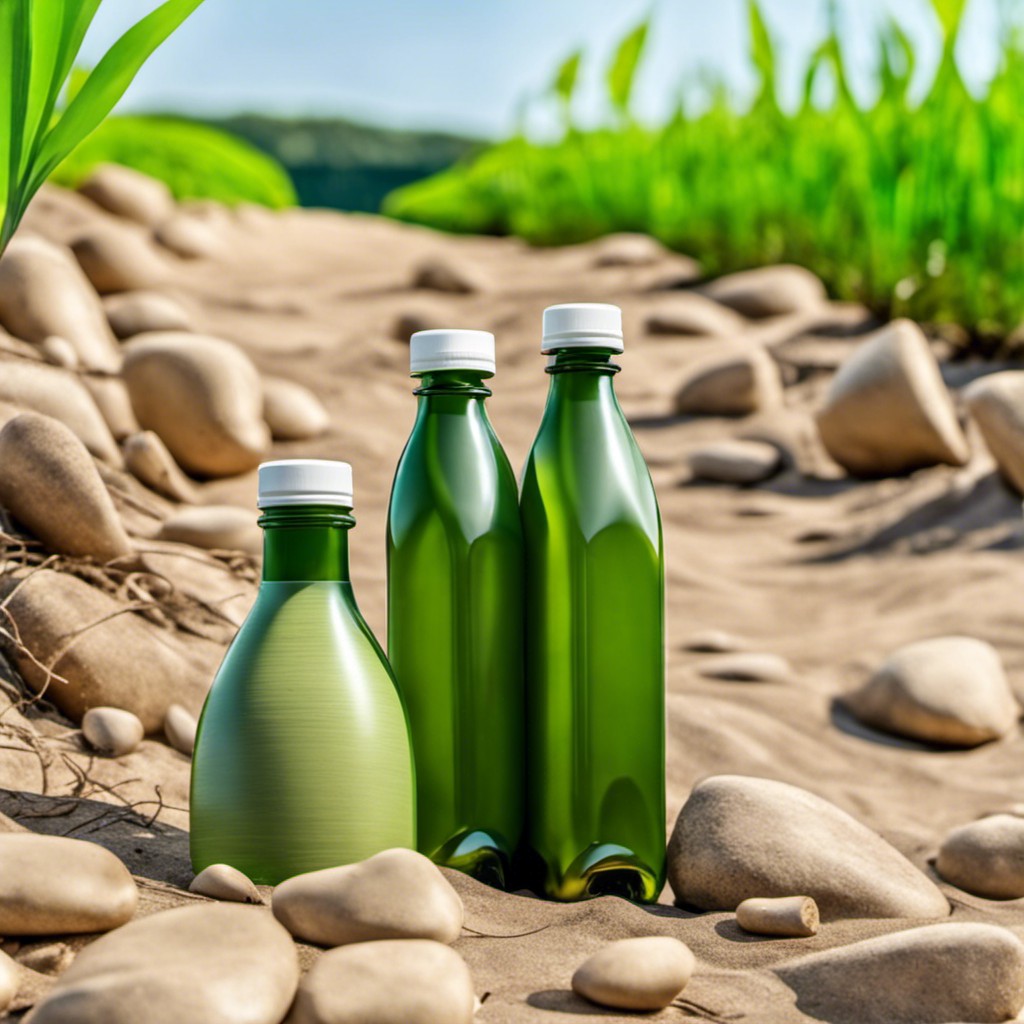
These containers are made from plant-based materials like cornstarch or sugarcane and can break down naturally over time without harming the environment. Biodegradable bottles come in various sizes and shapes, making them perfect for carrying water or other beverages on-the-go.
One of the most significant advantages of using biodegradable bottles is that they don’t release harmful chemicals into the environment when they decompose. Unlike traditional plastic containers that take hundreds of years to break down, these eco-friendly alternatives can degrade within months under proper conditions.
Another benefit is that many companies now offer refillable options with their biodegradable bottle lines so you can reduce waste even further by reusing your container multiple times before it needs replacing.
Bamboo Water Bottles

Bamboo is one of the fastest-growing plants on earth, making it a sustainable material choice. Plus, bamboo has natural antibacterial properties that make it ideal for use in food and beverage containers.
Bamboo water bottles come in various sizes and designs to suit your needs. They are lightweight yet durable enough to withstand daily use without breaking or cracking easily.
Some brands even offer insulated versions that keep your drinks cold or hot for hours.
One thing to note when purchasing a bamboo bottle is ensuring the interior lining does not contain any harmful chemicals such as BPA (bisphenol A) which can leach into your drink over time.
Upcycled Beverage Containers
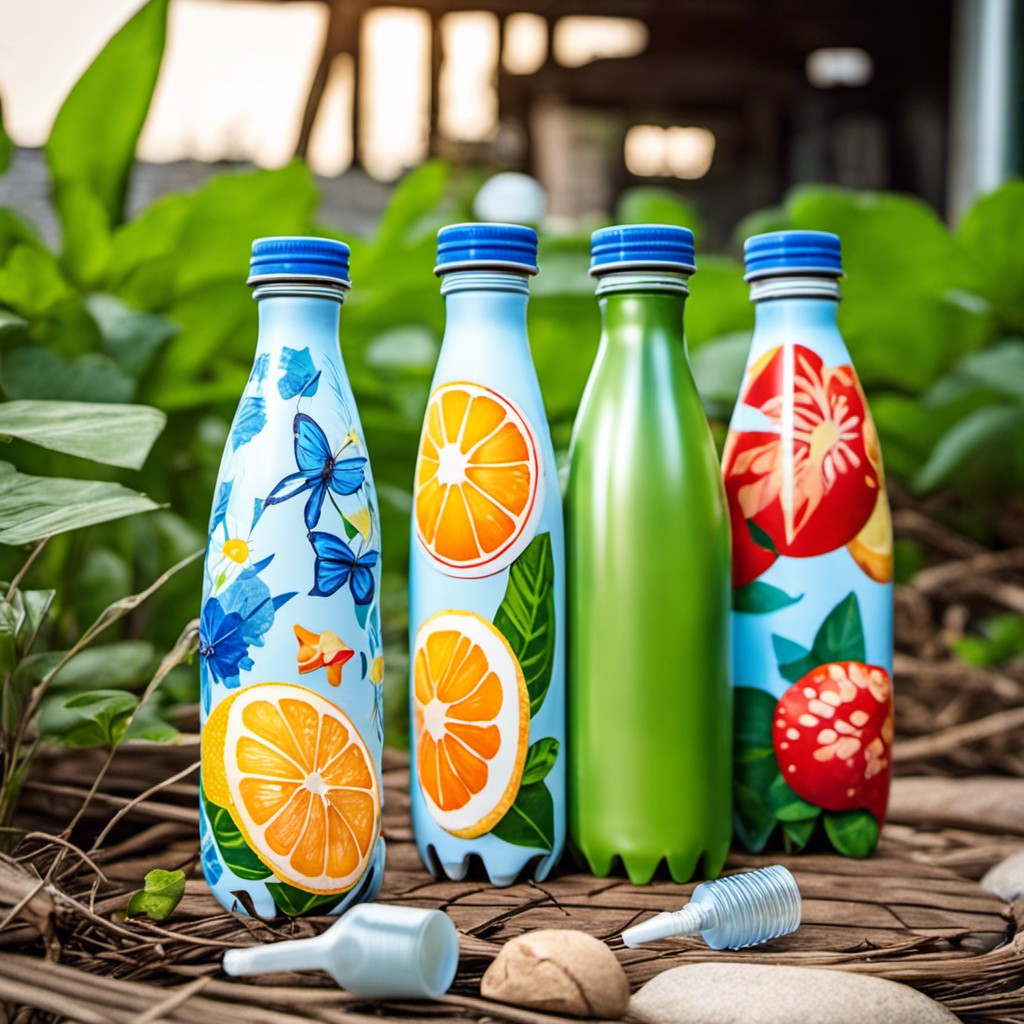
Instead of throwing away plastic bottles or aluminum cans, consider upcycling them into something useful and beautiful. There are many creative ways to repurpose these materials, such as turning them into planters for your indoor garden or using them as vases for fresh flowers.
One popular trend in upcycled beverage containers is creating unique lighting fixtures. By cutting off the top of a bottle or can and adding some LED lights inside, you can create an eye-catching piece that adds ambiance to any room in your home.
Another idea is using old glass bottles as soap dispensers by attaching a pump top from an empty hand soap container. This not only reduces waste but also adds charm to your bathroom decor.
Collapsible Water Bottles
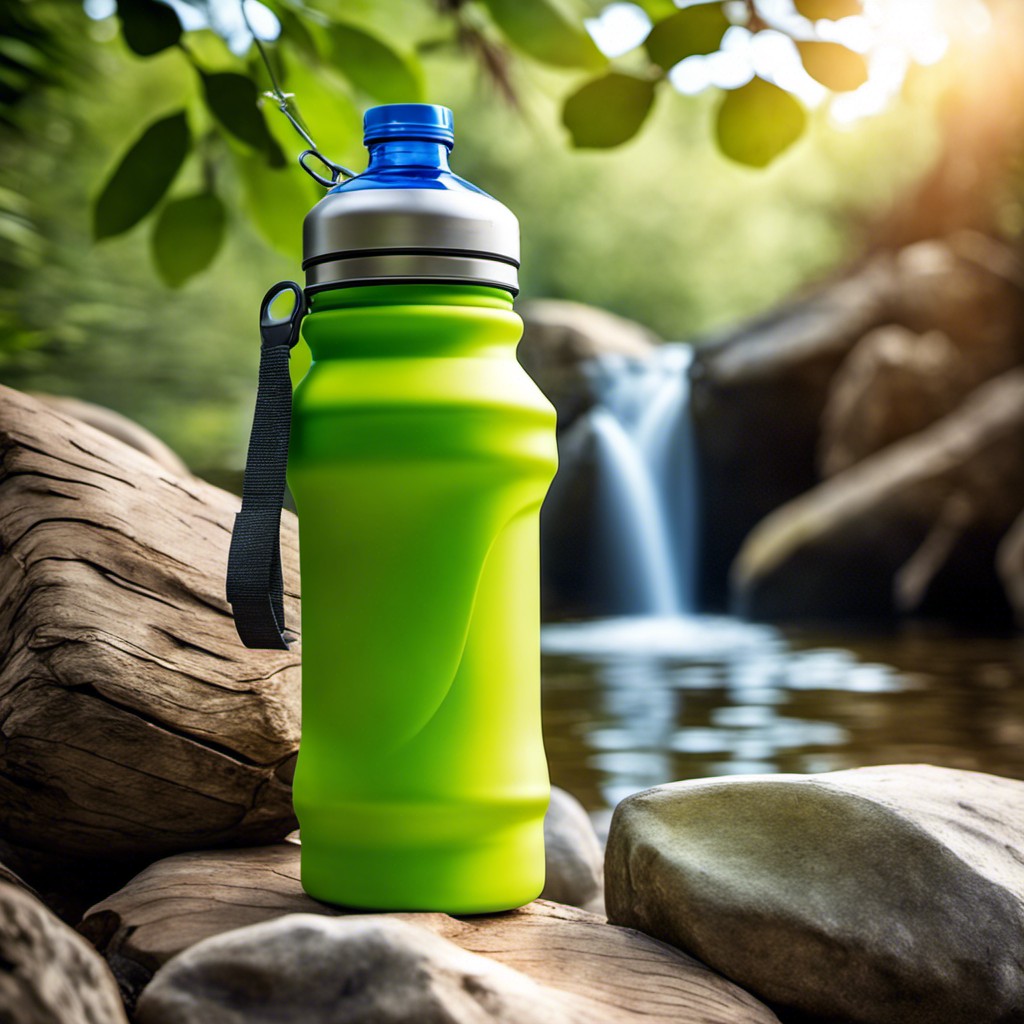
These innovative containers can be compressed down to a fraction of their original size when empty, making them perfect for travel or outdoor adventures where space is at a premium.
Collapsible water bottles come in various materials such as silicone and plastic. They are lightweight and easy to carry around in your backpack or purse without adding extra weight.
Plus, they’re reusable so that you can reduce waste while staying hydrated on the go.
One of the best things about collapsible water bottles is how versatile they are – whether you need something small enough to fit into your pocket or large enough for all-day hydration needs; there’s sure to be an option that suits your lifestyle.
Ceramic Bottles

These beautiful vessels come in various shapes, sizes, and colors that can complement any decor style. Ceramic is also a durable material that can withstand high temperatures without leaching harmful chemicals into your drinks.
One of the best things about ceramic bottles is their versatility. You can use them to store water or other beverages like tea or coffee while adding some aesthetic appeal to your kitchen counter or dining table.
Another advantage of using ceramic bottles is their eco-friendliness. They are reusable and long-lasting compared to single-use plastic water bottles that end up in landfills after one use.
Tetra Pak Containers

These cartons are made from paperboard, which is sourced from responsibly managed forests. The paperboard is then coated with a thin layer of plastic on the inside to make it waterproof and protect the contents.
Tetra Paks come in various sizes and shapes, making them perfect for storing different types of beverages such as milk, juice or water. They can be easily recycled at most recycling centers across the country.
By choosing Tetra Paks over single-use plastic bottles, you’ll not only reduce your environmental impact but also support sustainable forestry practices that help preserve our planet’s natural resources.
.
There are plenty of alternatives to single-use plastic bottles available today that can help us reduce waste while adding some unique flair to our home decor.
Cardboard Water Containers
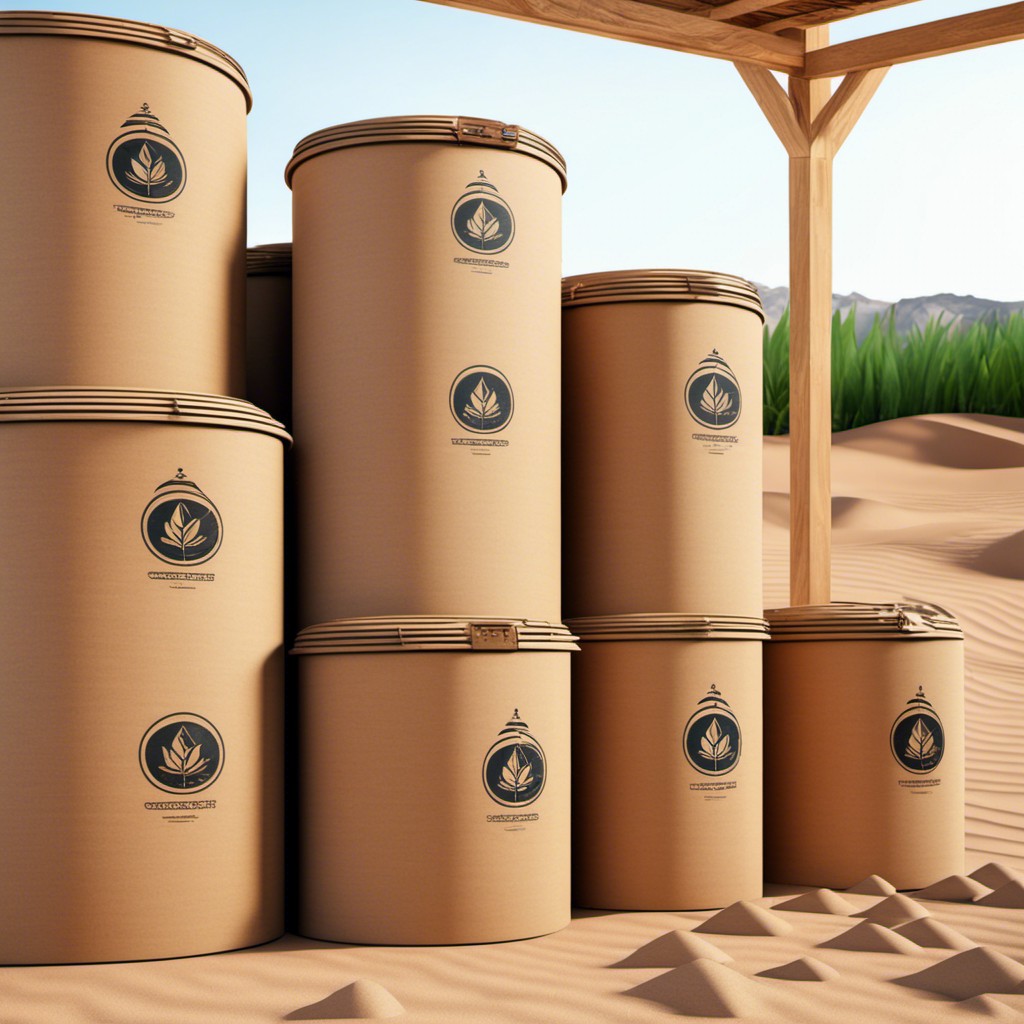
They are lightweight, easy to carry around and can be recycled after use. Cardboard is also biodegradable, which means it will break down naturally over time without harming the environment.
One of the most popular cardboard water container brands is Boxed Water Is Better. Their packaging design features a sleek and modern look that makes them stand out from other beverage containers on store shelves.
Boxed Water Is Better’s mission goes beyond just providing an eco-friendly alternative to plastic bottles; they also donate 1% of their profits towards reforestation efforts in partnership with The National Forest Foundation.
By choosing cardboard water containers like Boxed Water Is Better, you’re not only reducing your carbon footprint but also supporting companies that prioritize sustainability initiatives.
Beverage Pouches
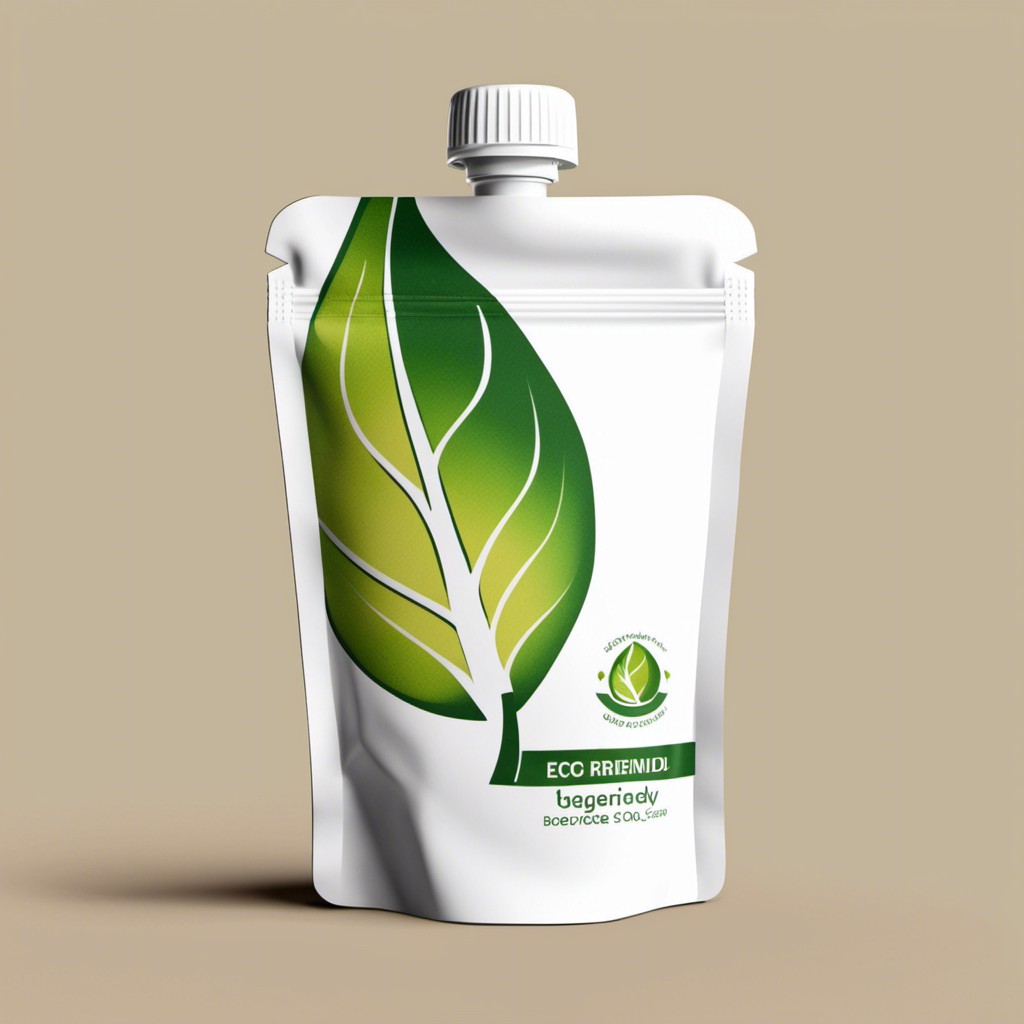
They’re lightweight, easy to carry around, and can be easily disposed of after use. These pouches come in various sizes and shapes, making them perfect for carrying water or other beverages on the go.
One of the best things about beverage pouches is that they’re made from materials that are much more eco-friendly than traditional plastic bottles. Many companies now produce these pouches using biodegradable materials like cornstarch or plant-based plastics.
Another advantage of beverage pouches is their convenience factor – they take up less space than bulky water bottles and can be easily stored in your bag or pocket when not in use. Plus, many brands offer reusable options with spouts that make it easy to refill them again and again.
Plant-based Bottles
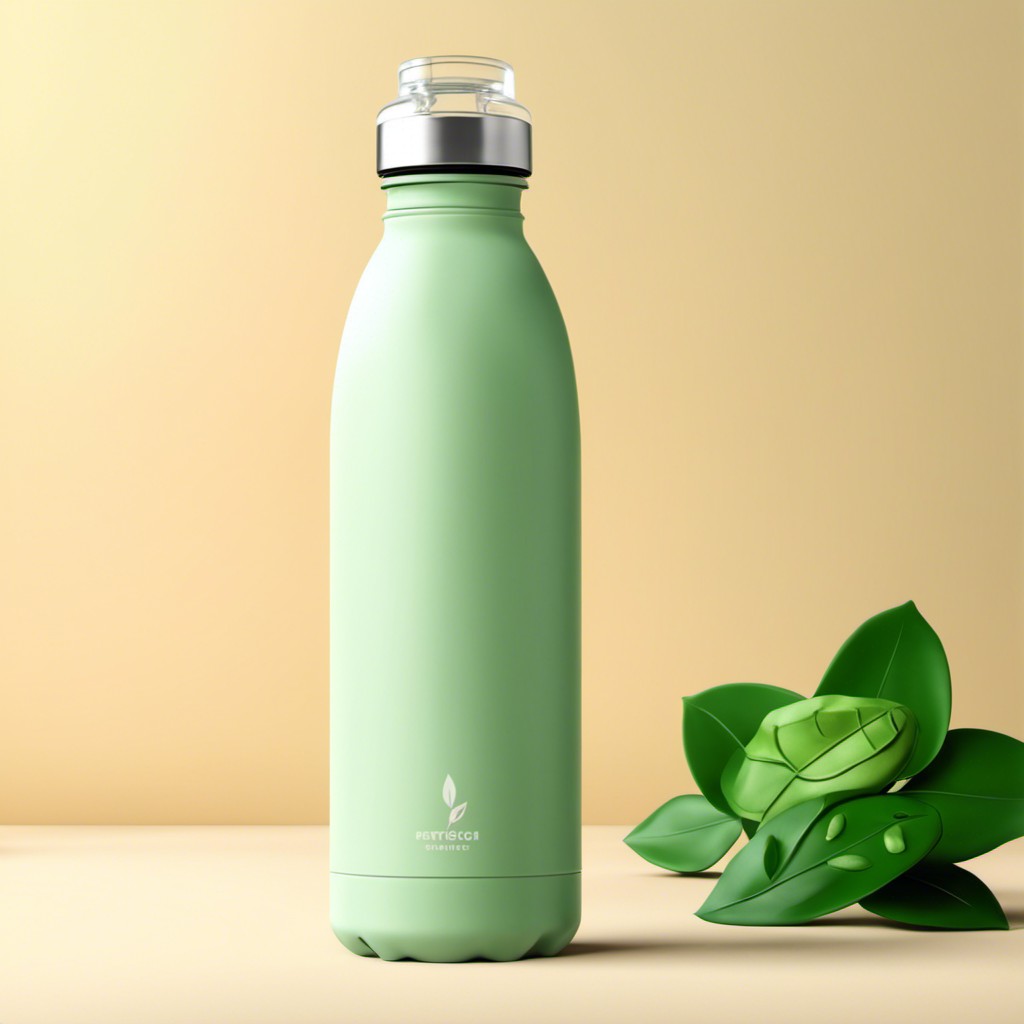
These bottles are made from renewable resources such as sugarcane, cornstarch, and cassava root instead of petroleum-based plastics. They have a lower carbon footprint than traditional plastic bottles and can be composted after use.
One example of plant-based water bottle is the “JUST Water” brand which uses 82% renewable materials in its packaging. The company’s mission is to create sustainable products that reduce environmental impact while also providing clean drinking water to communities in need.
Another great thing about plant-based bottles is that they don’t sacrifice functionality for sustainability. They’re just as durable and convenient as their plastic counterparts but without harming our planet.
By choosing plant-based alternatives over traditional plastic ones, we can make small changes that add up to big impacts on our environment.
DIY Bottle Alternatives
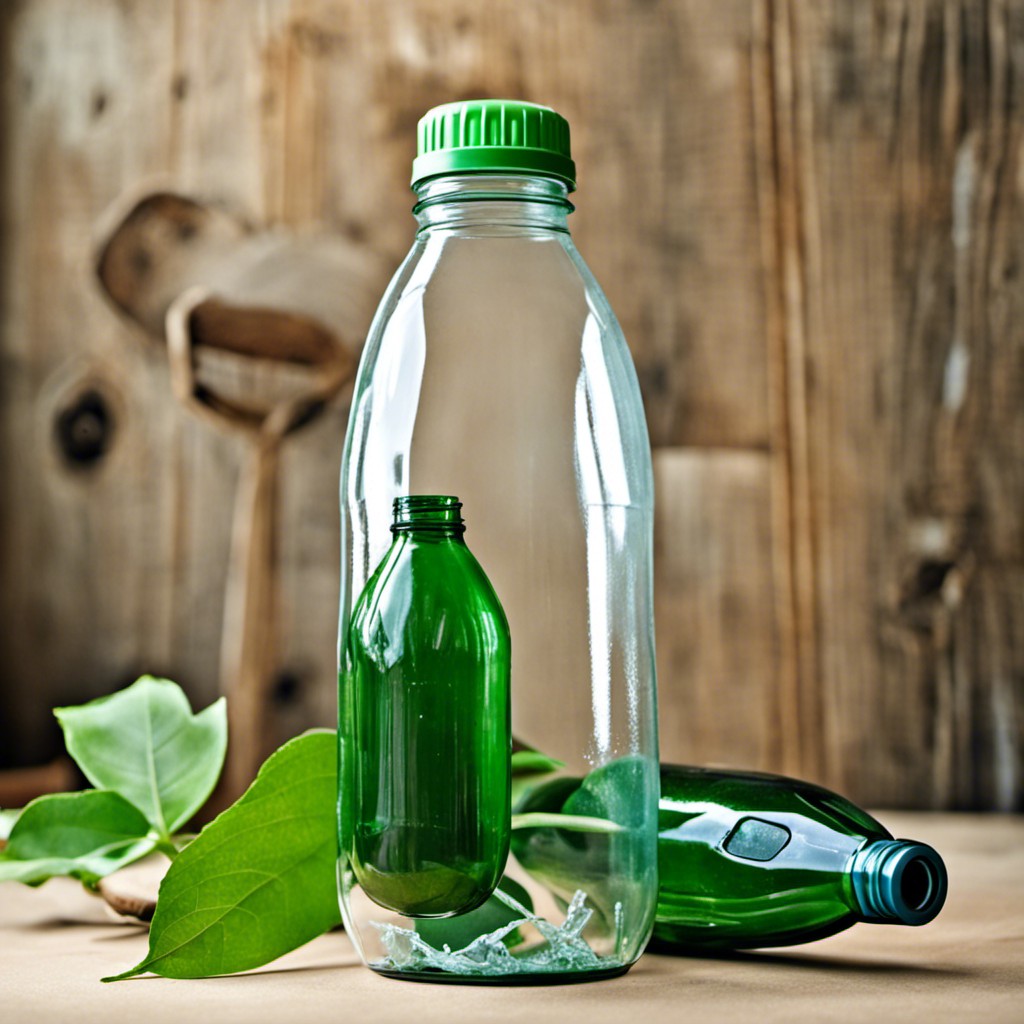
One popular option is to repurpose glass jars and bottles as water containers. Simply clean out an old jar or bottle, remove any labels or adhesive residue, and fill it up with your favorite beverage.
You can even add a reusable lid for easy transport.
Another fun DIY project is creating your own fabric water bottle holder using scrap materials like cotton or canvas. This not only adds a personal touch to your hydration routine but also helps reduce waste by eliminating the need for disposable carriers.
For those who enjoy gardening, consider making a self-watering planter from an old wine bottle! With just some soil and seeds in the top half of the bottle and water in the bottom half, this clever invention allows plants to grow without constant watering.
Initiatives That Encourage Alternatives to Plastic Bottles
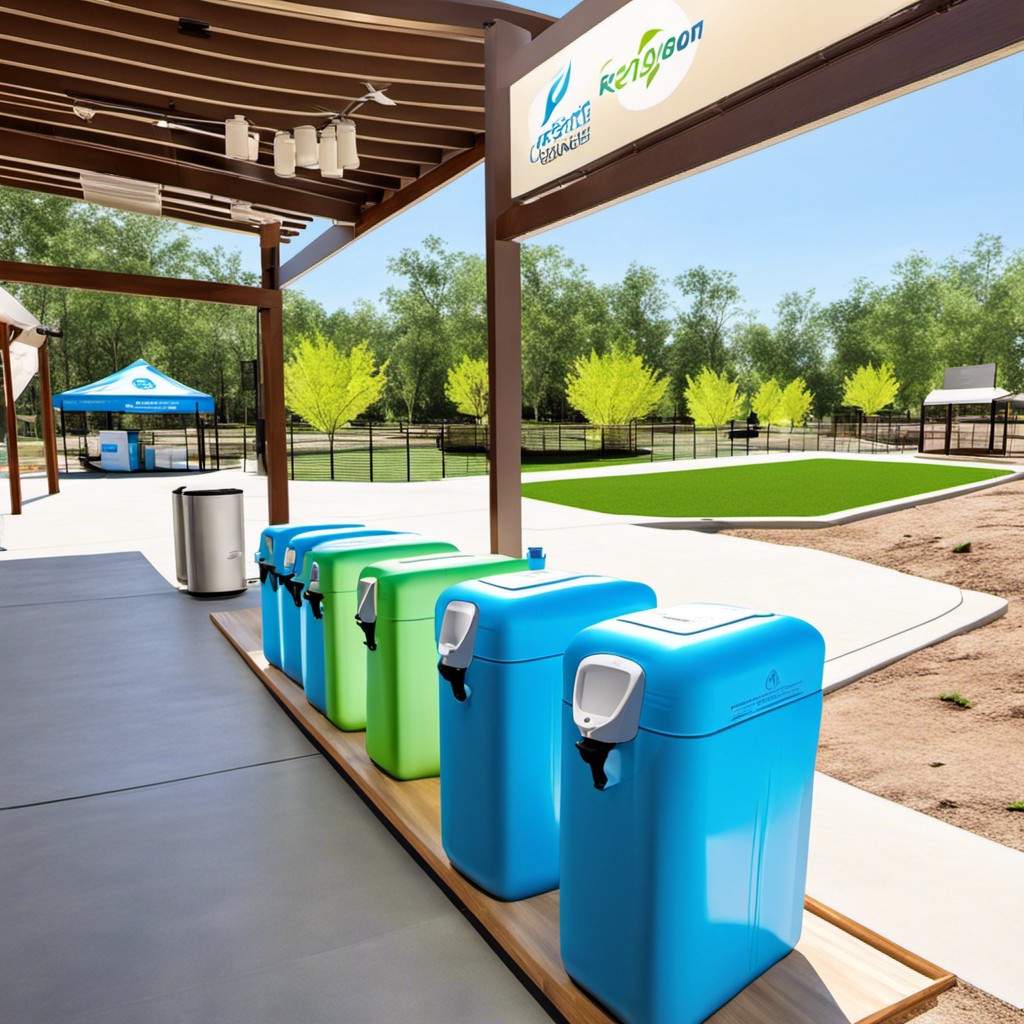
For example, some cities and states have implemented bans on single-use plastics like water bottles in public spaces. There are organizations that promote reusable bottle use by providing free water refill stations in public areas such as parks and airports.
Many companies are also taking steps towards sustainability by offering eco-friendly alternatives to traditional plastic bottles. Some brands now offer glass or stainless steel options for their beverages while others use biodegradable materials like bamboo or plant-based plastics.
By supporting these initiatives and choosing alternative options when possible, we can all make a difference in reducing our carbon footprint and protecting our planet’s resources for future generations.
The Power Is Ours: Choose to Avoid Plastic
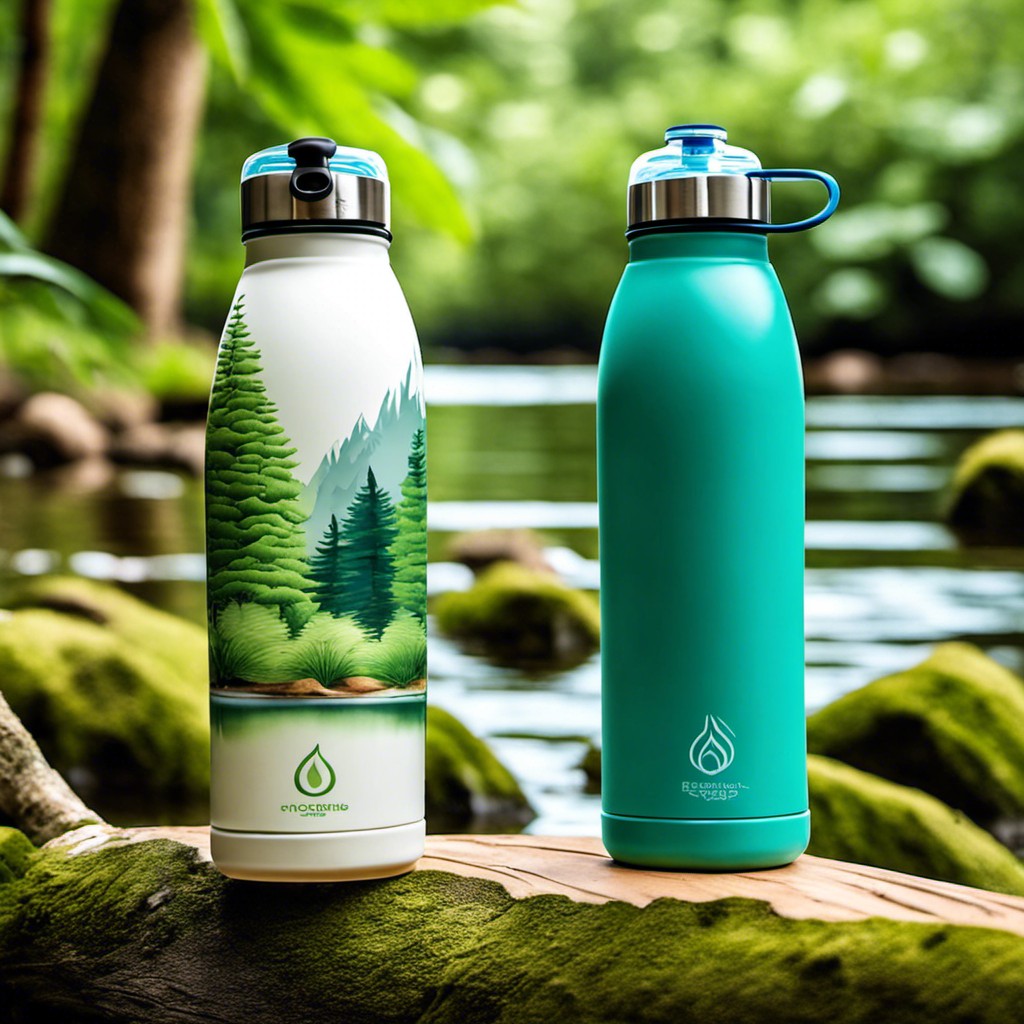
By making small changes in our daily lives, we can reduce our environmental impact and help create a more sustainable future. One way to do this is by investing in reusable water bottles made from materials like glass, stainless steel or silicone that are durable and long-lasting.
Another option is using biodegradable or plant-based bottles that decompose naturally without harming the environment. Upcycling old beverage containers into unique decor pieces not only reduces waste but also adds character and charm to your home.
It’s important for us all to be mindful of our consumption habits when it comes to single-use plastics like water bottles. Initiatives such as refill stations at public places encourage people towards carrying their own bottle instead of buying bottled drinks every time they feel thirsty while on-the-go.
Eco-Friendly Bottle Innovations
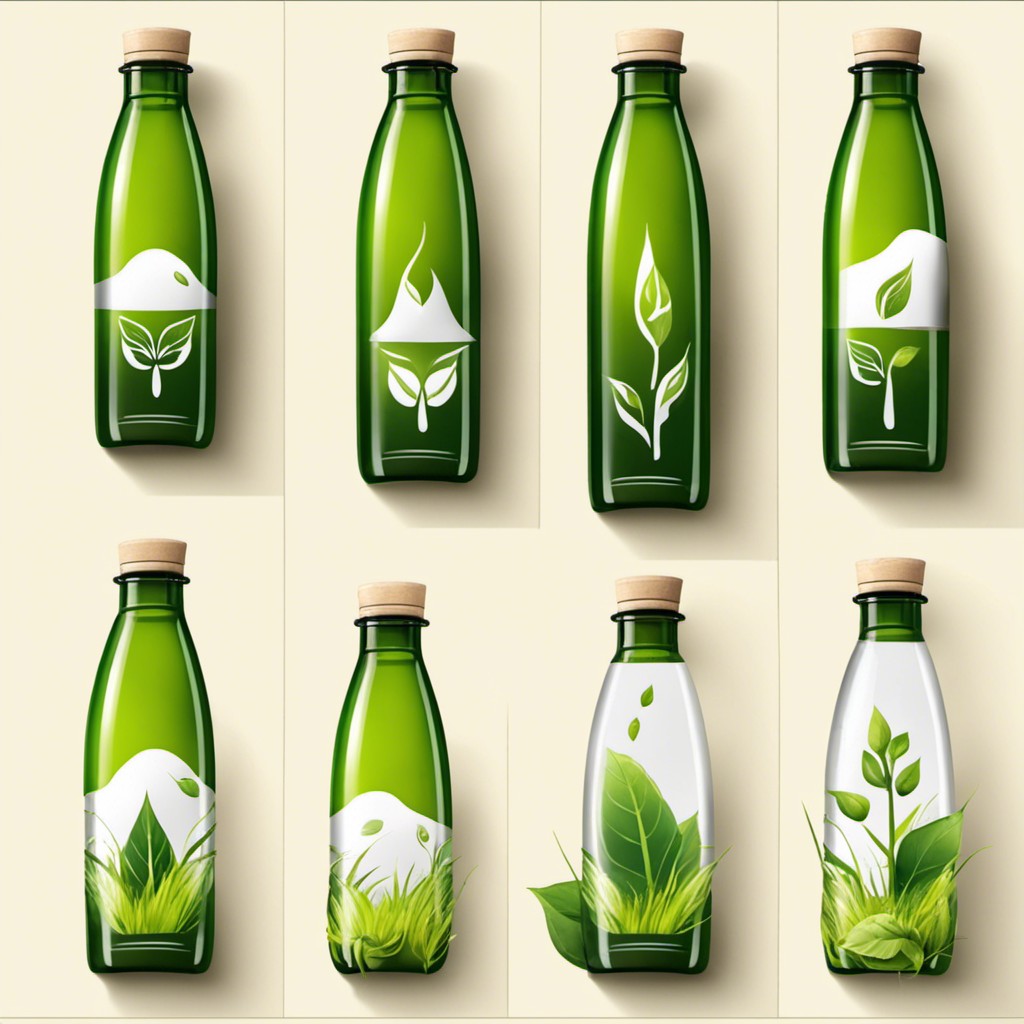
One such innovation is edible water bottles made from seaweed extract. These small pods can hold a single sip of water and are completely biodegradable.
Another exciting development in the world of eco-friendly bottle innovations is plant-based plastics. Companies like Coca-Cola have started using plant-based materials for their packaging, reducing their reliance on traditional petroleum-based plastics.
In addition to these new developments, there are also many established brands that offer sustainable options for reusable bottles. For example, S’well offers stylish stainless steel water bottles that keep drinks cold for 24 hours or hot for 12 hours while also being BPA-free and non-toxic.
Mindful Consumption
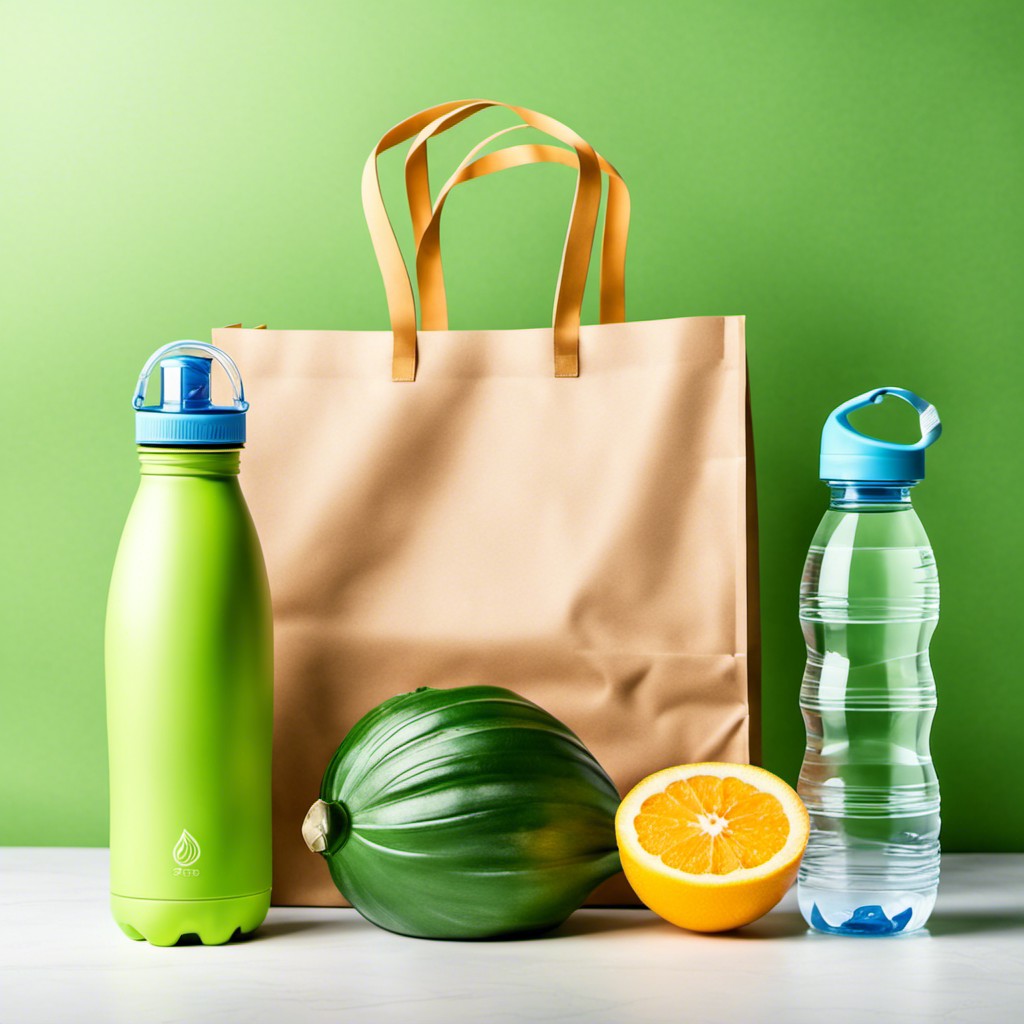
Mindful consumption means being aware of what we buy and how much we consume. It involves making conscious choices about the products we use and their impact on the environment.
One way to practice mindful consumption is by choosing reusable water bottles over single-use plastic ones. By doing so, you not only reduce your carbon footprint but also save money in the long run.
Another way is by supporting companies that prioritize sustainability and eco-friendliness in their production processes. Look for brands that use recycled materials or biodegradable packaging when shopping for beverages or other household items.
Ultimately, practicing mindful consumption requires a shift in mindset towards more sustainable living practices. By taking small steps towards reducing waste and making conscious choices about what we consume, together, we can make a big difference!
FAQ
How can I drink more water without plastic?
To drink more water without plastic, simply carry an environmentally-friendly reusable bottle made from materials like stainless steel, glass, or safe aluminium.
Is plastic bottle eco friendly?
Although PET plastic bottles are deemed more sustainable than aluminum or glass, they are not entirely eco-friendly.
What are the best reusable alternatives to plastic water bottles?
The best reusable alternatives to plastic water bottles include stainless steel, glass, and silicone bottles.
How does using alternative materials for bottles contribute to reducing plastic waste?
Using alternative materials for bottles, such as glass or biodegradable materials, contributes to reducing plastic waste by decreasing the production and consumption of single-use plastic containers.
In terms of sustainability, how do various types of water containers compare to plastic bottles?
In terms of sustainability, reusable water containers, such as glass, stainless steel, and aluminum bottles, are more environmentally friendly compared to single-use plastic bottles.
Recap
Liked this article? Here's what you can read next:
